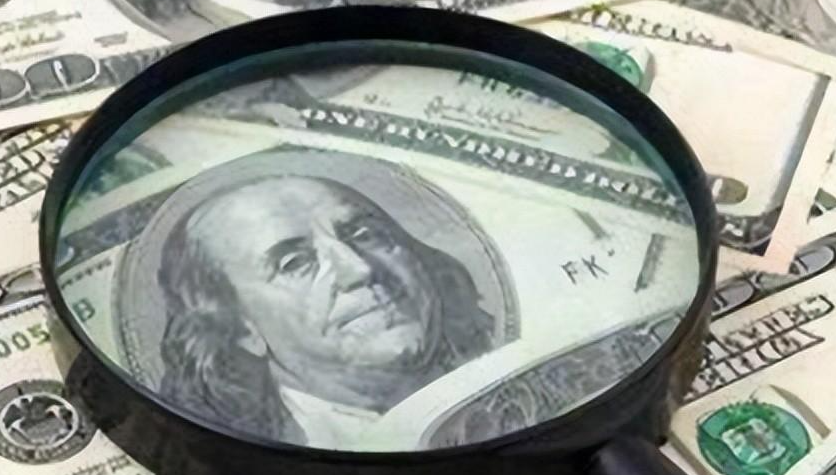US Inflation on the Rise: Another Rate Hike Ahead?
Advertisements
In recent months, the economic landscape in the United States has experienced notable fluctuations, particularly regarding inflation, as indicated by the Consumer Price Index (CPI). A critical development was observed in July when the CPI exhibited an annual increase, marking a departure from the decline it had sustained for twelve consecutive months. This shift has been keenly analyzed by economists and market participants alike, raising questions on how it may influence future monetary policy actions by the Federal Reserve.
On August 10, the U.S. Department of Labor released figures revealing that the CPI for July grew by 3.2% year-on-year, up from June's 3%, which was the lowest level in over two years. This recent increase has reinvigorated discussions regarding inflation trends and the effectiveness of the Federal Reserve's monetary tightening measures. Conversely, the core CPI, which excludes volatile food and energy prices, rose by a more subdued 4.7% year-on-year, slightly down from June's 4.8%.
The Federal Reserve has been on a hike spree, elevating interest rates to their highest levels in two decades, with the latest CPI data providing critical insights into the potential path of future monetary policy. Market participants reacted quickly to the new data, recalibrating expectations about the Fed's next moves. According to the “FedWatch” tool put forth by CME, the likelihood of the Fed maintaining interest rates in the 5.25%-5.50% range for September surged to 90.5%. In contrast, the probability of a rate hike of 25 basis points, bringing rates to 5.50%-5.75%, diminished to 9.5%. Furthermore, projections for November showed that the chances of no change in interest rates rose to 74.7%, while the likelihood of a cumulative rate hike of 25 basis points stood at 23.7%, and the chance of a 50 basis point increase plummeted to 1.7%.
The inflation projected by these indicators remains within a moderate range. The Federal Reserve's aggressive interest rate hikes, initiated in early 2022, showed their effects as inflation peaked at 9.1% in June of the previous year, followed by a consistent decline. The July CPI data aligns closely with market expectations, as both total and core CPI increased by 0.2% month-on-month, resulting in an annual rate escalation from 3% to 3.2%, while core inflation experienced a welcome drop to 4.7%.
Dissecting the data further reveals that certain sectors such as housing, car insurance, education, and entertainment exhibited price rises. The inflation in housing became the leading contributor to the CPI increase, arguably influenced by the dynamics of supply and demand in the U.S. real estate market alongside a historically low interest rate environment. However, prices for airline tickets, used cars and trucks, medical services, and telecommunications experienced declines in July, highlighting the mixed performance across various economic sectors and suggesting an uneven recovery.

From an analytical standpoint, Laura Rosner, founder and senior economist at MacroPolicy Perspectives, stated that the 0.2% month-on-month growth is within the moderate inflation range favored by Federal Reserve officials. She suggested that the recent uptick in inflation may not signal a fundamental reversal but rather falls within the normal oscillations seen during economic cycles. Such fluctuations, she argues, are consistent with the Federal Reserve's prior policy expectations.
David Kelley, the Chief Global Strategist of J.P. Morgan Asset Management, is optimistic about the inflation trajectory, predicting that both overall and core CPI will likely revert to the vicinity of 2% “later next year.” This optimism is reflective of broader economic sentiments that recent trends may not represent a pervasive inflation threat.
As the Federal Reserve continues to navigate these complexities, interest rate decisions have been shaped by the evolving inflation data. During the last monetary policy meeting, Fed Chair Jerome Powell underscored that forthcoming rate hikes would be closely tied to economic data performance, particularly inflation figures. The Federal Reserve plans to adopt a cautious stance, assessing the economic landscape on a meeting-by-meeting basis to arrive at sound decisions regarding interest rate adjustments.
Currently, the market has tempered its expectations for a September rate hike. David Khol, chief economist at Julius Baer, believes that U.S. inflation will continue to decline, hastened by softening demand over the next few months. He posits that cooling economic and labor market conditions combined with a tightening credit environment reinforce the notion that the Fed might hold the federal funds target rate steady in the forthcoming months. The lowered risk of an economic downturn suggests that the current restrictive federal funds rate could remain until the first half of 2024. At that juncture, should the economic slowdown deepen, the Federal Reserve may embark on a path of gradually easing monetary policy and cutting rates.
Post Comment